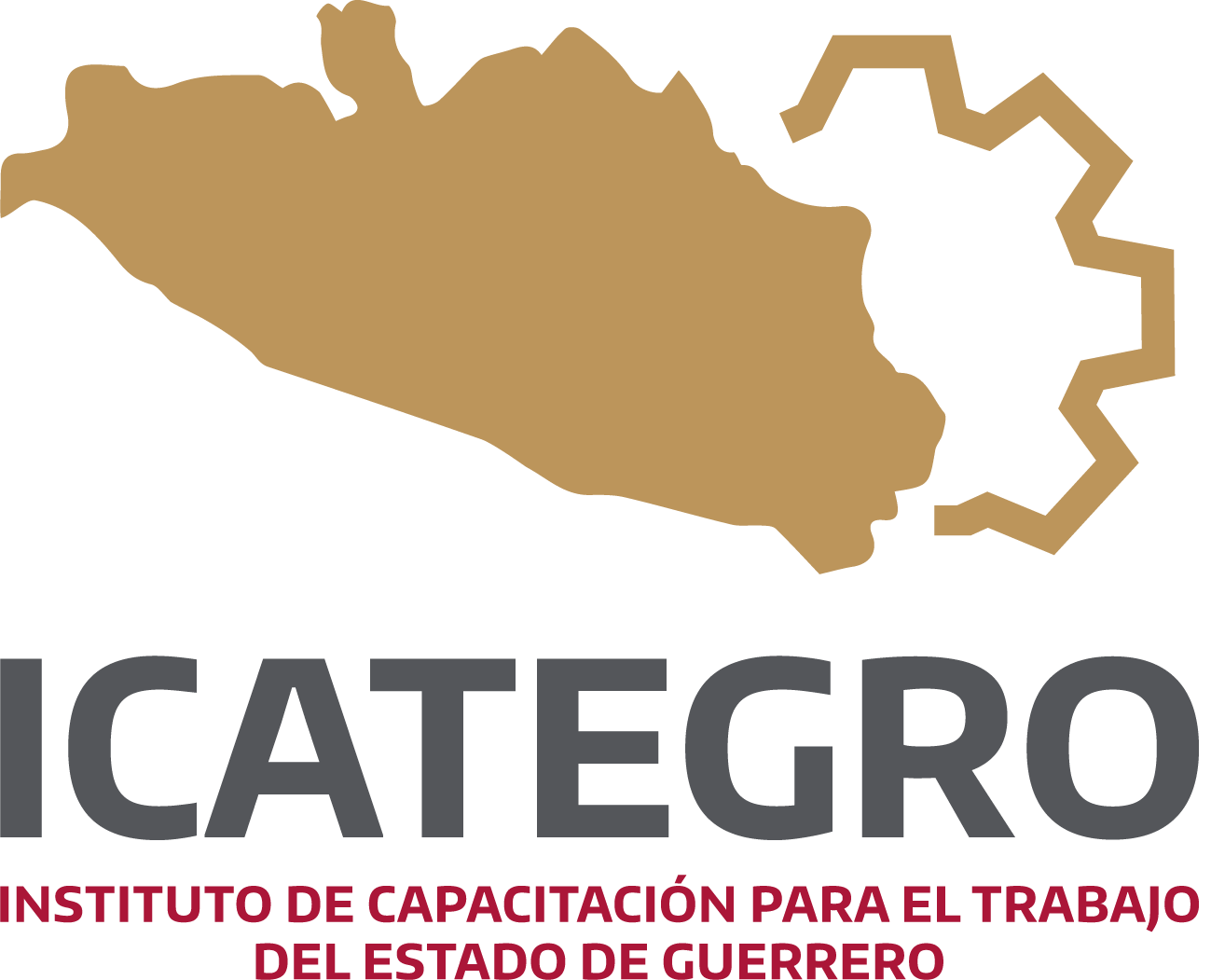The Innovation of Google Search: From Keywords to AI-Powered Answers
The Innovation of Google Search: From Keywords to AI-Powered Answers
Commencing in its 1998 premiere, Google Search has shifted from a basic keyword scanner into a dynamic, AI-driven answer framework. In early days, Google’s triumph was PageRank, which weighted pages using the level and quantity of inbound links. This guided the web distant from keyword stuffing towards content that won trust and citations.
As the internet ballooned and mobile devices flourished, search conduct varied. Google released universal search to blend results (headlines, visuals, recordings) and afterwards concentrated on mobile-first indexing to show how people in fact look through. Voice queries from Google Now and after that Google Assistant compelled the system to process spoken, context-rich questions compared to abbreviated keyword sets.
The coming evolution was machine learning. With RankBrain, Google got underway with evaluating earlier unprecedented queries and user meaning. BERT elevated this by perceiving the refinement of natural language—relationship words, background, and associations between words—so results more appropriately met what people were asking, not just what they submitted. MUM enlarged understanding within languages and modalities, authorizing the engine to join linked ideas and media types in more polished ways.
In the current era, generative AI is reshaping the results page. Experiments like AI Overviews compile information from varied sources to provide pithy, fitting answers, routinely paired with citations and next-step suggestions. This diminishes the need to select assorted links to collect an understanding, while despite this channeling users to more profound resources when they want to explore.
For users, this improvement results in more immediate, more specific answers. For authors and businesses, it favors depth, ingenuity, and precision rather than shortcuts. In time to come, expect search to become further multimodal—harmoniously consolidating text, images, and video—and more bespoke, conforming to desires and tasks. The journey from keywords to AI-powered answers is fundamentally about reconfiguring search from detecting pages to solving problems.
